A new temporary exhibition, this time dedicated to Gelede and Efe masks, is opening at TOPIC. Dates: from the 3rd of March to the 10th of June. The distinctive thing about these African masks is that they carry puppets or articulated dolls on top of them, and they come from Benin and Nigeria. The collection that can be seen in Tolosa belongs to the private Dutch collection of Ursela Voorhuis. It contains 43 unique masks that have only ever been exhibited at the International Puppet Festival in Dordrecht in 2010 and now here, in Tolosa. But this will be the first time that Gelede and Efe Masks will have been exhibited together.
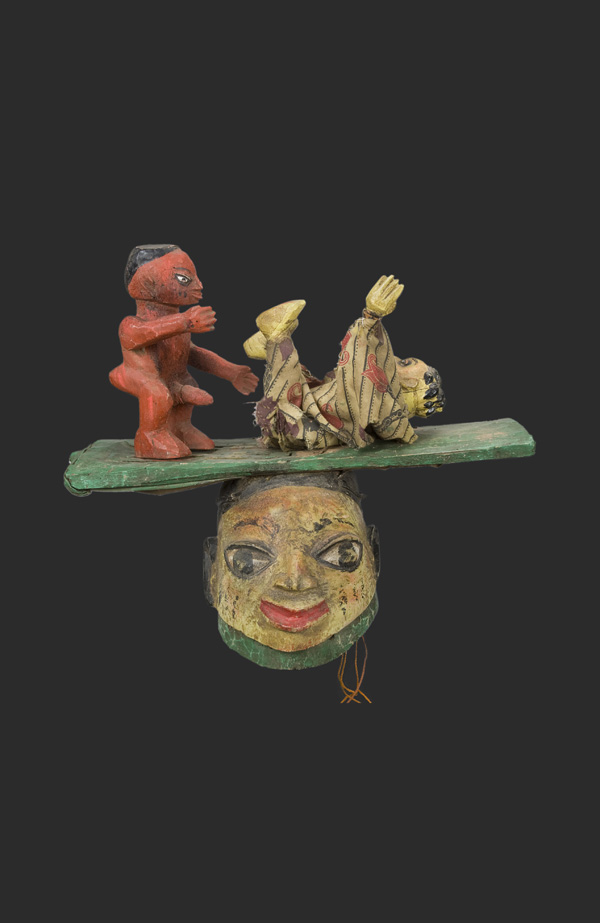
The goal of this exhibition is to show some examples of the aforementioned masks with puppets on top of them, very rarely displayed for the public´s delectation. The exhibition which will be opened on Saturday the 3rd of March will continue until the 10th of June.
The pieces consist of masks worn on the head, like helmets. On top of them are different scenes which can be religious, satyric, more or less contemporary, Western influenced or just everyday scenes that are represented by puppets or articulated dolls. In some cases the masks depict only the head of a man or woman, but they usually are representations of complicated human figures with cloths on, animals or tools on top of them. The number of masks they dance in these masquerade performances can be huge and the variety of scenes they represent practically unlimited.
The collection also includes some masks with no puppets on top which are fundamentally those used in the part of the celebration held at night time (Efe). These have also been included in this exhibition so that one can follow the general theme of the festival and also because some of these ´night masks´ are very unusual.
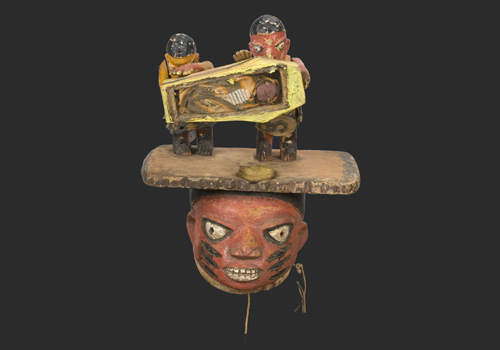
As for their style, most of these masks’ origins can be traced back to the Anago Yoruba tribe, who live along the long coastline in Southeast Benin and Southwest Nigeria. The Gelede is practised by the Yoruba-Nago community in Benin, Nigeria and Togo. Dating back to more than a century ago, the goal of this ceremony has been, and still is, to pay tribute to the primary mother, Iyà Nlà, and the role women play in the social organisation and development of Yoruba society. The Gelede is celebrated after the crops, to mark important events, droughts or epidemcs. The ceremony, characterised by the use of carved masks, is celebrated in the Yoruba language and tells the history and the myths of the Yoruba-Nago people.
The work of the Dutch puppeteer Damiet Van Dalsum, former director of the aforementioned Dutch festival and a big friend of TOPIC, has made this exhibition possible. Damiet herself and Elise Wagemans have been in charge of the design of this exhibition.

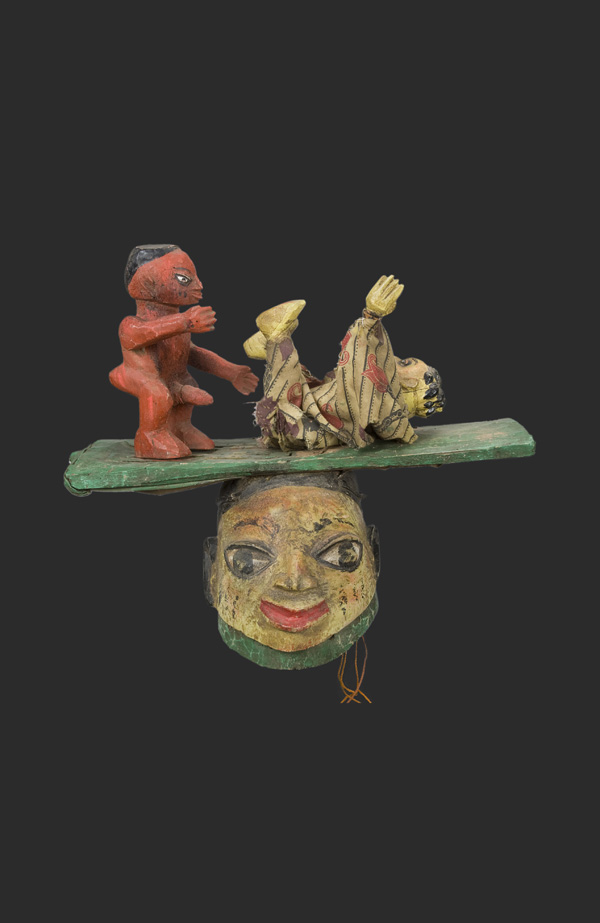

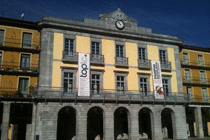
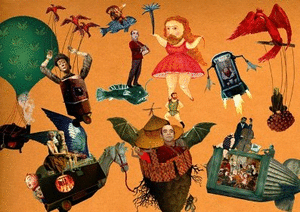
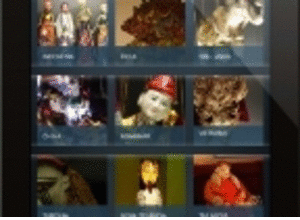




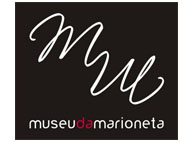
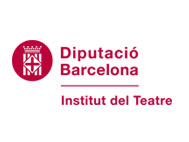


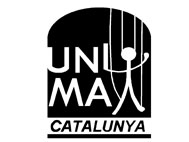







a wonderful exhibition
lots of success!
ton i ada chief redactor WP puppet magazine
Thank you for your comment. You can follow all our updates on Facebook: https://www.facebook.com/pages/Puppetring/260847307340625?ref=hl
Thanks for telling us this.